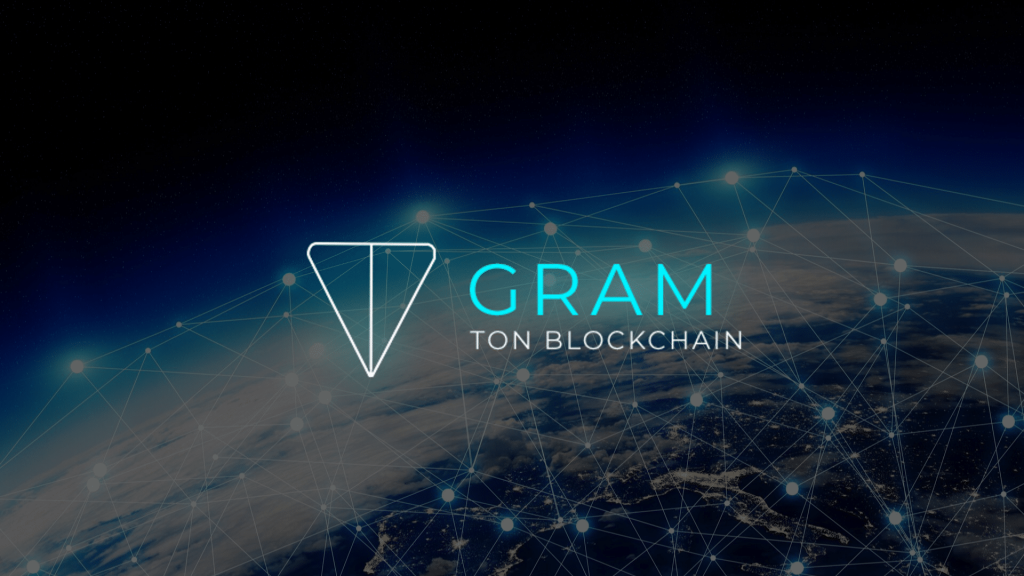
Information on the TON blockchain consensus algorithm has been published on test.ton.org. The Byzantine Fault Tolerant (BFT) PoS algorithm is called Catchain and is similar to the NEO and Cosmos consensus protocols.
Telegram co-founder Nikolai Durov has published a document setting out consensus details on the Telegram Open Network (TON) blockchain, called Catchain. The Byzantine Fault Tolerant (BFT) -based Proof of Stake (PoS) algorithm is similar to the mechanisms used by the NEO and Cosmos blockchains.
BFT algorithms are attempts to solve the «problem of Byzantine generals», when the subjects of a particular network must support its functionality, even if some nodes are unreliable or harmful. Catchain will work as long as two-thirds of the nodes remain reliable, which is equivalent to the theoretical limit set for BFT solutions.
The system focuses on checking each block as it is created, as in the Tendermint algorithm in Cosmos or dBFT in NEO. Each new block is created using a block generation round, during which the validators have a limited time to confirm. If they do not confirm the block, then it will be skipped.
The system focuses on checking each block as it is created, as in the Tendermint algorithm in Cosmos or dBFT in NEO. Each new block is created using a block generation round, during which the validators have a limited time to confirm. If they do not confirm the block, then it will be skipped.
The TON blockchain will have no more than 100 validators for the main chain and from 10 to 30 for each “shard chain”. According to tests conducted in 2018, a block can be generated every five seconds, each time passing through the full approval procedure.
По сообщениям разработчиков из TON Labs, по большей части система похожа на Cosmos и Algorand. Различия заключаются в некоторых особенностях. Например, в том, как узлы взаимодействуют друг с другом. Просто заставить каждый узел общаться друг с другом – не самое эффективное решение, поэтому каждый проект пытался найти свой способ ускорить процесс.
According to developers from TON Labs, for the most part the system is similar to Cosmos and Algorand. The differences are in some features. For example, in how nodes interact with each other. Just making each node communicate with each other is not the most effective solution, so each project tried to find its own way to speed up the process.
Recall that in October last year, the launch of the TON blockchain was postponed to April 30, 2020 due to a lawsuit with the U.S. Securities and Exchange Commission (SEC), which considered Gram tokens to be unregistered securities. In November, the platform published the source code of the Gram test wallet for all major operating systems.